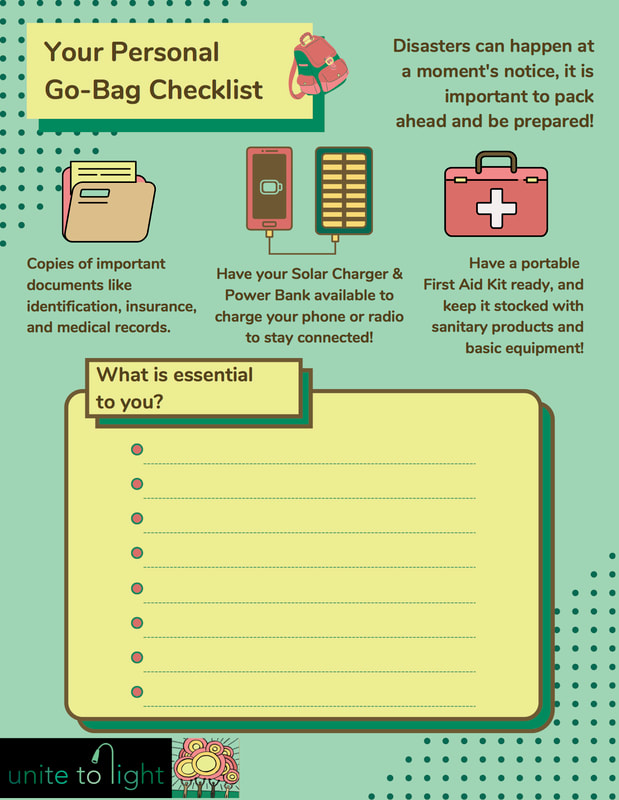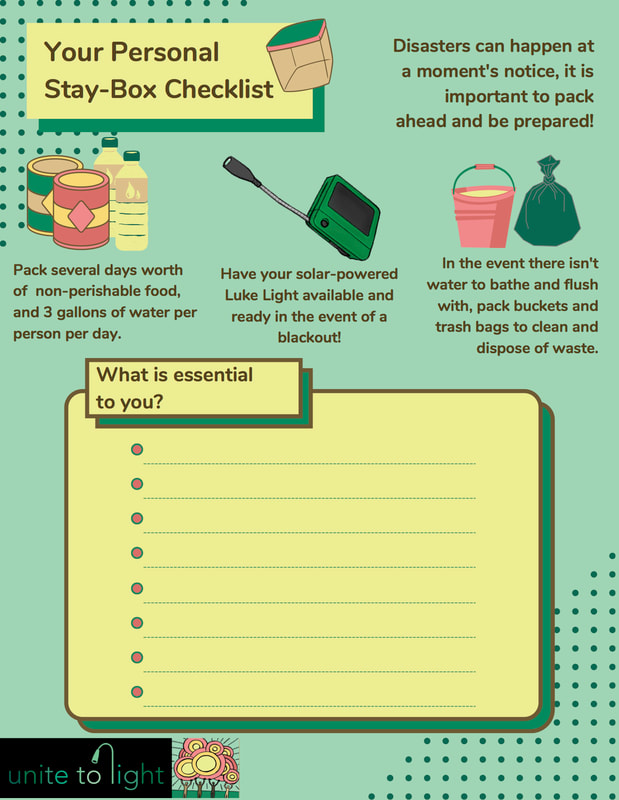|
Since the early 2000s, the frequency and severity of natural disasters have significantly increased, largely due to climate change. The United States has experienced numerous billion-dollar disasters each year, with total damages often reaching into the tens of billions. In 2024, the U.S. has already faced 16 billion-dollar disasters, including severe storms, wildfires, and tropical cyclones (NOAA NCEI) (NOAA NCEI) (NOAA). For instance, by May 2024, there were 11 billion-dollar events, totaling over $25 billion in damages and resulting in at least 84 fatalities (NOAA) (FOX Weather). This rise in natural disasters has underscored the critical importance of disaster preparedness. Thinking ahead about a possible disaster can be unnerving, and knowing where to start with getting supplies can be challenging, but it is crucial in the event of an emergency. Some disasters may require you to evacuate with little to no notice, while others may necessitate sheltering in place. Being prepared for both scenarios is essential, and having the right supplies ready can make a significant difference. Our guide will break down what to pack in a to-go bag for sudden evacuations and how to stock a stay-box for sheltering at home. We have outlined some of the most important items to include in your kits, but only you know what is most vital to you. Every household is different. Attached below are two checklists you can download and use to help you put together your own emergency kits.
What to pack in your To-Go Bag: Documents: Making copies of important documents and packing them ahead of time will mean one less thing to worry about when evacuating. Along with this, make sure to scan and store such documentation securely online. Important documents can include any of the following:
Cash: Save up some cash to use in an emergency. This is in case of a large-scale power outage or blackout. Having cash on hand will make it easier for you to get any supplies you need. Don’t worry about what you have in the bank, your deposits are insured by the FDIC. This precaution is just so you have the ability to make any quick and necessary purchases. Electronics: On your way out the door, grab any necessary electronics and cables such as your phone, laptop, and a charger. You can purchase a Solar Charger Battery Bank that comes with a built-in flashlight and can charge your devices on the go! First Aid Kit: You can purchase a ready-to-use First Aid Kit that suits your needs from the American Red Cross, or from a variety of other retailers. Make sure to check the expiration dates of certain products, and restock when able. This portable kit should include at least the following basic supplies:
What To Pack In A Stay-Box: Food and Water: In the event of an emergency where it is safer for you to stay inside, you may end up in an uncomfortable situation for a few hours or several days without running water or electricity.
Sanitary Supplies: You may end up without running water to bathe and dispose of waste.
Light Source: With the possibility of not having electricity available for an extended period of time, it is important to have a light source available to keep your space illuminated. We recommend a solar light so you don’t have to worry about batteries. Tools and Supplies: Ultimately, you know what you need to best keep you and your loved ones safe in the event of a disaster. With the above items we’ve listed, have a conversation about what else you think is most essential to include in your Stay-Box. Some additional items to consider are:
Consider the needs of your household. An infant, elderly person or person with disabilities will need extra accommodations. Plan ahead for these needs by packing formula, diapers, medications, prescriptions, and whatever else your group needs in the event of an emergency.
0 Comments
Leave a Reply. |
Archives
July 2024
Categories
All
|
|
Unite to Light is a not-for-profit 501(c)3 corporation (EIN: 27-2942180).
All donations are tax deductible. With a billion people living in darkness, we have a lot of work to do! Address: Unite to Light, 1117 State Street #19 Santa Barbara, CA 93101 Phone: (805) 617-0590 Email: [email protected] |
IMPACT IN YOUR INBOX
Stay in touch as we light lives. |
© Unite to Light. All rights reserved.



 RSS Feed
RSS Feed
